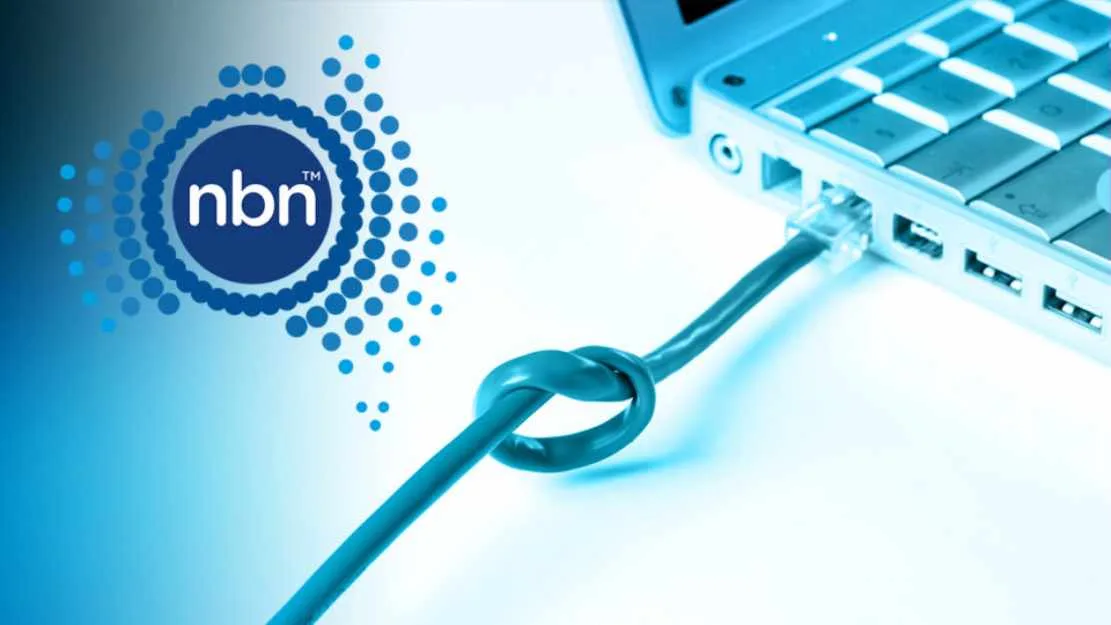While the NBN’s initial mandate was to provide 50Mbps services to most Australian households, the company has surpassed it’s target.
Nearly 8.6 million household broadband services are currently available on NBN, with 58 percent using high-speed 50 Mbps services and an additional 15 percent. of customers are using speeds above 50Mbps, according to the latest ACCC report on NBN Wholesale Market Indicators.
“We encourage consumers to trial new services, but it’s important that they think about their internet usage and choose the speed tier that best fits their needs,” ACCC Commissioner Anna Brakey said.
As most of the “Focus on Fast” promotional rebates have ended, the number of very high-speed services above 100 Mb / s decreased by approximately 108,000 services, or 24%, during the quarter. However, nearly half of the households that adopted ultra-high-speed plans in 2021 still use services above 100 Mbps.
Aussie Broadband continued to grow in the December quarter of 2021, growing its customer base by approximately 46,000 and increasing its wholesale market share to 5.6 percent from 5.1 percent in September 2021. Superloop also increased its share to 1.7 percent cents in the quarter.
The competition among NBN providers has been a significant factor in the market. Telstra, Optus, and TPG had the highest market share in the wholesale market.
Meanwhile, smaller regional retail providers have also been able to expand their footprints in order to compete with the large companies. Although consumers prefer high-speed services, the NBN does not have as many competition as the other two.
Wholesale market shares declined slightly during the quarter for Optus (14.5 to 14.1%), Telstra (44.3 to 44.1%) and TPG (23.9 to 23.6%), while Vocus slightly increased its market share from 7.2 to 7.3%.
“We are glad to see continued growth from smaller NBN providers. Their presence in the market keeps pressure on the big four of Telstra, TPG, Optus and Vocus to maintain a high quality, competitive service,” Ms Brakey said.
“Some smaller providers are offering consumers different options to meet their specific needs, such as tailored plans and discounted pricing options, network performance graphs, Australia-only call centres and gamer-optimised plans.”
While the market for high-speed internet has been expanding, the price premium that enables households to choose the higher speeds has not been enough to justify the cost of capital. Furthermore, while the demand for high-speed internet has been growing, it is not clear whether it will be able to sustain the price hikes.
NBN providers acquired slightly less capacity for the Connectivity Virtual Circuit (CVC) in the December quarter, and the average acquired capacity per user decreased from 2.82 Mbps in the September 2021 quarter to 2.73 Mbps. CVC is effectively the bandwidth that NBN providers acquire from NBN Co.
New South Wales, Victoria and the ACT saw large CVC declines while the other states and territories rose, which suggests that lockdown restrictions in the eastern states influenced the overall CVC reduction in the quarter.
NBN providers have extended their presence to the 121 NBN Points of Interconnection (POIs), which are the physical locations where providers can connect to NBN. In the December quarter, at least 13 NBN suppliers purchased NBN services directly in 121 of the POIs, compared to 119 POIs in the September quarter.
“Some of the smaller regional retail providers are expanding their POI footprints nationally, and that will give greater variety of internet providers to consumers in more locations,” Ms Brakey said.
While the numbers show that households are largely on high speed NBN, this isn’t enough to determine whether this is a good thing or a bad thing. After all, it’s important to keep in mind that the NBN has the potential to benefit households in the long term.
For now, it is likely that the big four will continue to face stiff competition from smaller, more affordable providers.







